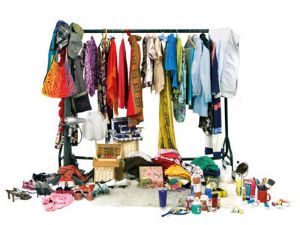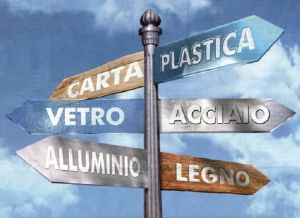The Book of Unholy Mischief is foodie
heaven. Elle Newmark’s historical thriller set in fifteenth-century Venice
simply oozes food and recipes from every page. The story is narrated in
retrospect by its main character, Luciano, who at the start of the book is a
young scrap of a boy living on the city’s mean streets and canals. Luck and
fate conspire: he is spotted by the Doge’s chef who, for reasons that become
clearer as the story progresses, hires him to work as his assistant in the
palace. There is a heavy serving of Da Vinci Code-esque mystery and La
Serenissima is decidedly un-serene: everyone in Venice is talking about and
looking for a strange book that allegedly contains the secret to eternal life
(among other things). Together with his good-for-nothing friend and the chef,
Luciano becomes increasingly embroiled in the search for the mysterious book.
Before he knows it, he has to make some big decisions about where his loyalties
lie and what his future holds.
Apart
from Luciano, the book’s other main character is undoubtedly the city of Venice
itself. The Book of Unholy Mischief shows the opulence of the palace and
the wealth of the markets with produce from all over the world, as well as a
dark underworld of filthy, poverty-stricken children, prostitutes and criminals-a
heady mix of rotten teeth and plush velvet robes.
The descriptions can
be a little overwhelming and distract from the story itself. Hundreds of rich,
colourful, vibrant, exuberant adjectives and verbs clang, clatter and crackle
through every description (do you see what I did there?), and reading it can be
a bit like eating a huge chunk of Sienese panforte: too rich to digest.
There is also a lot of eyelid pulling throughout the book. I’m not sure what
this means, or if today’s Venetians still do it, but it sounds rather painful.
Also, historical pedants look out: this is historical fiction, not fact. There
are many things in the story that didn’t exist in fifteenth century Venice or
even Italy for that matter, such as tomatoes, potatoes and the ‘Bridge of
Sorrows.’ I can’t resist suggesting these be taken with a pinch of salt (oh my,
making constant references to food must be catching). In her defence, Newmark
includes a disclaimer: her ‘primary objective was to tell a good tale.’
On
the whole, she succeeds. The book’s main character is likeable and the story,
although rather spoon-fed to the reader at times, is interesting. Panforte and imagined bridges aside, The Book of Unholy Mischief would make a fun
beach read for anyone interested in food, historical fiction and ancient
conspiracy theories.







